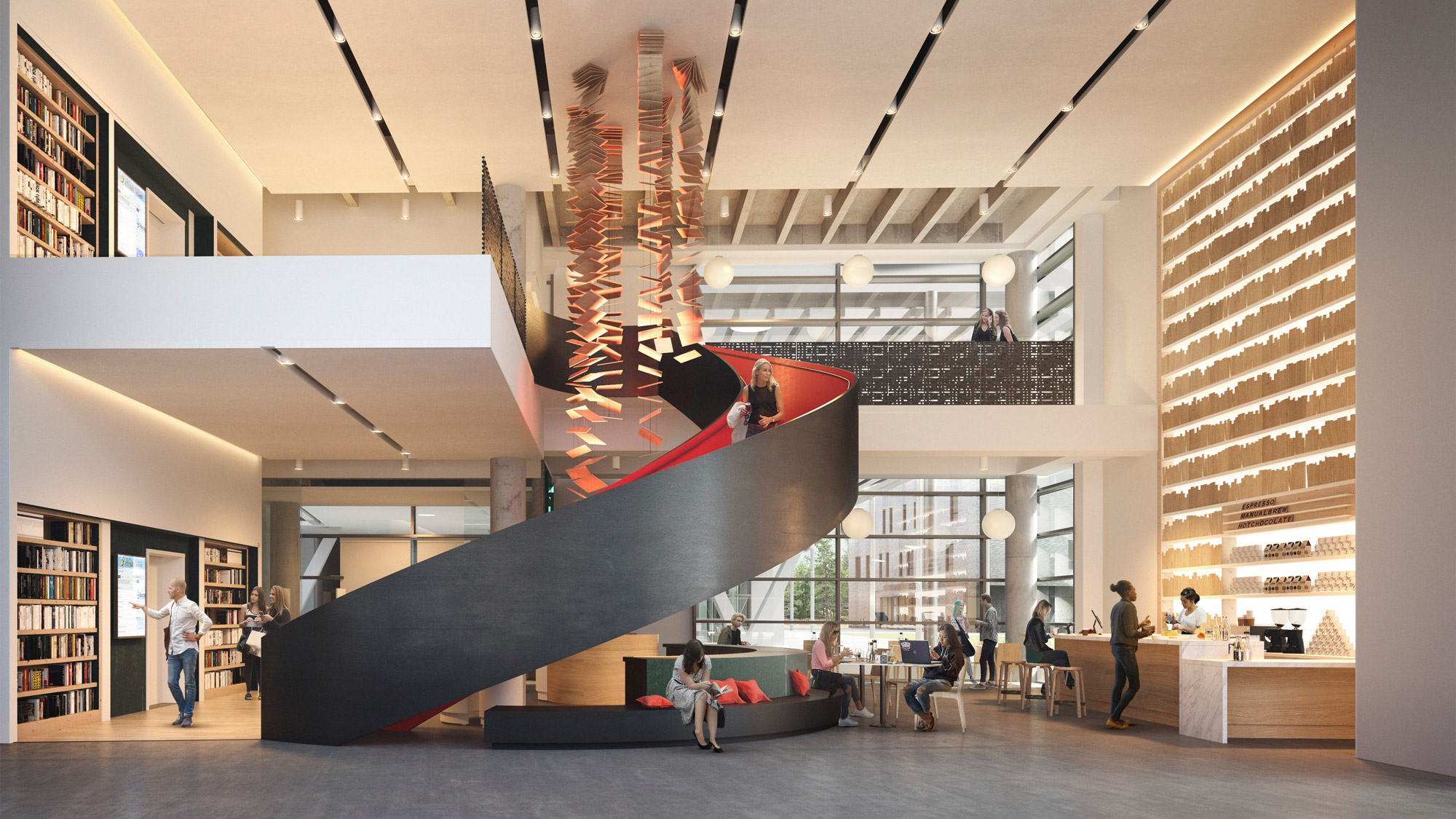Every Place Tells a Story of Belonging
By Allison Marshall, Patricia Nobre, and Bevin Savage-Yamazaki
A new approach to engagement and retention
Belonging is a basic human need. And today’s rapidly changing landscape continues to challenge what it means to truly belong. Across the world, we are seeing more gaps in public services, widening disparities in access to resources, and an increasingly fractured cultural landscape.
Despite these barriers, people continue to seek out new ways to belong, to connect, and to identify with something. This desire for belonging poses both a challenge and an opportunity for the cultural, community, and educational institutions that make up the fabric of our cities.
These shifting realities have forced many cultural institutions to reevaluate what makes them relevant to contemporary users, visitors, students, and organizational members. In the face of multiple disruptions, the institutions that will remain relevant are the ones that have expanded and redefined their mission to be more inclusive.
Take, for example, how faith-based institutions are acting on their mission to build equitable societies by confronting systemic issues at the global level and by filling the gaps in social infrastructure at a local level.
In education, we know a college degree means 60% higher lifetime earnings than a high school diploma. But we also recognize that social and economic barriers can block access for scores of potential students. These widening disparities are forcing institutions like Wiseburn Unified School District and Da Vinci Schools to rethink how they deliver education and how they can provide new pathways to education at multiple levels.

Other hubs of community life, such as libraries and museums, have not fundamentally changed their mission, but they have adapted or expanded the tools they use to accomplish it. Libraries are no longer just a repository for books, but are seen as vital community centers that provide access to a variety of resources, opportunities for non-traditional education, and environments for co-working. At the same time, museums are seen as powerful symbols of inclusivity, yet our forthcoming Museums Experience Index reveals that the reality of the visitor experience and these perceptions are still vastly different.
Across all of these organizations there is a common theme: addressing the needs of each individual user in ways that are relevant and continually engaging. There is no such thing as an “average” user, yet our community institutions are tasked with serving all people in an increasingly isolated culture.
Every place tells a story of belonging, tracing boundaries between those who belong and those who do not. Some boundaries are more evident than others: a stair instead of a ramp or pictures on the wall that don’t look like you. The more you belong though, the more invisible the boundaries become. How then, can we seek first to understand these boundaries and then ultimately create a process and design outcomes to erase them?

Reframing the narrative around diversity, equity, and inclusion
Diversity, equity, and inclusion are words we hear often — and as such have lost some of their power. We are looking at them through the framework of human belonging and how they drive the sense of belonging community institutions are working to create and strengthen for the people they serve.
DiversityResearch in our forthcoming Education Experience Index shows that if we are to design for all citizens, we must design to the edges. Practically speaking, by designing to the edges — to the extreme users — we design for everyone in between. In order to design to the extremes though, we must first engage with them. And we must have broad and diverse teams of people who can bring a varied experience to the design process.
InclusionDiverse voices are not enough though if we do not know how to capture them. Inclusion is our ability to make heard the voices that whisper, the things that go unsaid. We must create processes that draw these voices out, that capture the whispers and go beyond the traditional visioning sessions with tools customized to the voices they look to capture.
EquityThe inclusive process that successfully engages these diverse voices forms a rich foundation for equitable design. Ultimately, this is our opportunity to shift the question: it is not about providing equal access, equal opportunity, or equal experiences. It is not about providing equality of design but equity in design so that all users can engage in ways most appropriate for their individual needs.
Diversity, inclusion and equity begin to form the narrative outline for the story of belonging any particular place tells. For us as designers focused on education, civic, and cultural spaces, these stories make up the “Who,” “How,” and “What?” of our design process itself. These stories of belonging define the reasons why people choose to go, stay, and return to a place. These stories form the infrastructural support of our communities and ignite innovation. They are critical to the future of healthier, wealthier, and wiser societies — and they are key to shaping the future of cities.


